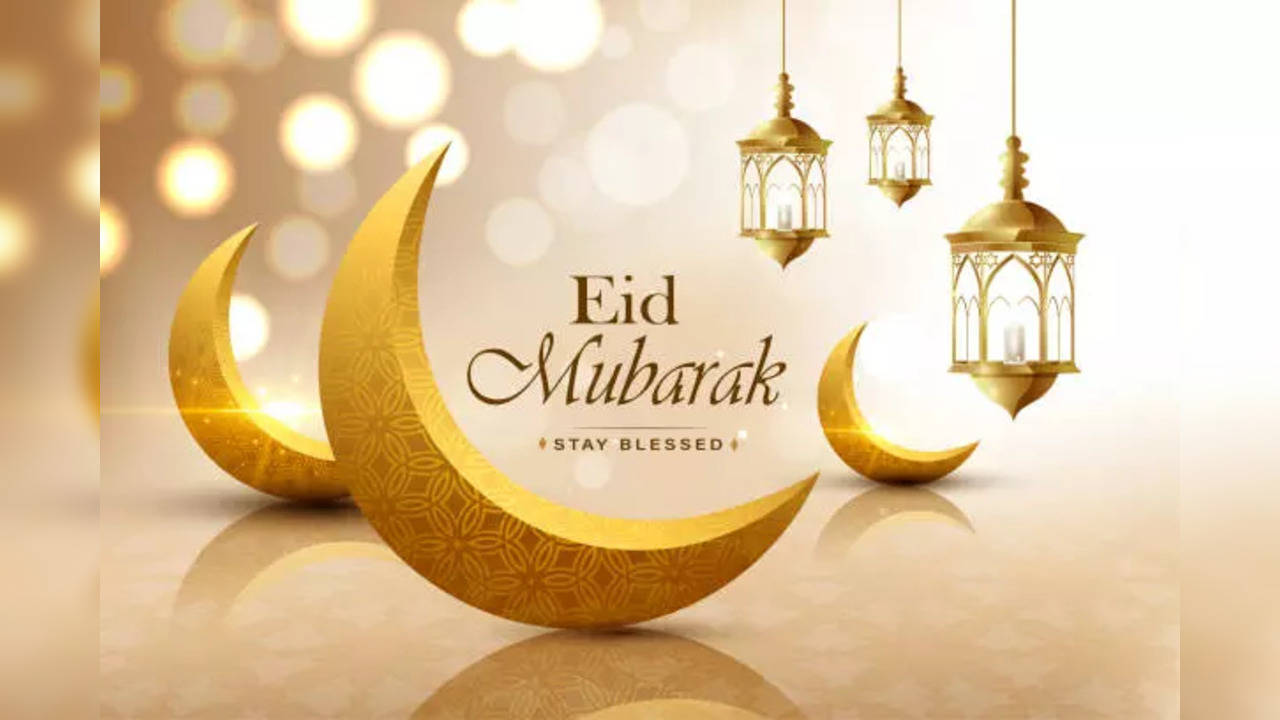Eid-Ul-Fitr 2024: 10 things you might not know about Eid Al-Fitr
Eid or Eid –al-Fitr will be celebrated tomorrow across India. Most of us know Eid to be the most important festival for the Muslims across the world and it marks the end of the month of Ramadan or Ramzan. But there are some things which people might not be very well aware of. Find out some little-known facts about Eid al-Fitr

Things you did not know about Eid al-Fitr
Eid or as its also known Eid-al-Fitr will be celebrated in India. Eid al-Fitr, marks the end of Ramadan. Here's what you need to know about the holiday celebrated by over 1 billion Muslims.
Also Read: Happy Eid-Al-Fitr 2024: Eid Mubarak Wishes, Greetings, Images, Whatsapp Status and Posts To Share
1. It’s held to celebrate the end of the fasting month
In the month preceding Eid, Muslims around the world fast from sunrise till sundown to honour the month that the Quran was revealed to Prophet Mohammed. Eid-al-Fitr celebrates the end of this month of the fasting. The prolonged fasting isn't just about food—it also includes abstaining from taking medications, drinking any liquids (including water), smoking etc.
2. The name of the holiday is a literal translation
"Eid al-Fitr" is a pretty literal translation of the event that's being celebrated: "Festival of the Breaking of the Fast," or "the Feast of Fast-Breaking."
3. Eid-Al-Ftr begins when the new moon is first sighted
Eid al-Fitr doesn't begin until the new moon appears in the sky (although traditionally, and still today for many Muslims, it doesn't begin until the barest sliver of a waxing crescent moon is seen). Technically, that means that across the world, Eid al-Fitr starts at different times and even on different days, depending on their location. To make it more uniform, some Muslims celebrate Eid when the new moon appears over Mecca instead of their own locations.
4. Ramadan and Eid-Al-Fitr are held on different Gregorian dates every year
The Islamic calendar is based on lunar cycles, as opposed to the Gregorian calendar, which is based on the solar cycle. New months start and end with each new moon. The average new moon appears every 29.53 days, so the lunar months are a bit shorter compared to the Gregorian months, which usually last 30 or 31 days. Thus, every year, Ramadan is held about 10 days earlier than it was the previous year—at least, that is, in relation to the Gregorian calendar.
5. Eid-Al-Fitr typically lasts for three days
The festival traditionally lasts for three days, but depending on how it falls on the calendar, the celebrations could last much longer. For example, if the three days fall mid-week, the celebrations could well be going on over the weekend.
6. On Eid morning, Muslims wear new clothes
Before performing morning prayers, Muslims wake up have a bath in a ritual called "ghusl." Then, they wear new clothes and decorate their hands with elaborate henna patterns. Some people wear traditional dress, while others opt for contemporary clothing.
7. Eid Greetings
"Eid Mubarak," which means "Have a blessed Eid!," is a the most common way of greeting each other on Eid.
8. Eid prayers
Muslims gather for prayers in mosques or outdoor locations. Afterward, some of them even visit the graves of their loved ones to pray and clean the gravesites.
9. Eid gifts
After a month of sacrifice, Eid al-Fitr is a time of abundance—and hence gifts are often given, especially to children. These gifts are in the form of money, accessories, home goods, or flower and are called "Eidi."
10. Eid-Al-Fitr is also known as "The Lesser Eid"
Eid al-Fitr is one of two important Eid celebrations in the Muslim faith. The other is Eid-al-Adha, the Feast of the Sacrifice or "Greater Eid." Eid al-Adha celebrates the sacrifice Ibrahim (Abraham) was willing to make to Allah. Like Eid al-Fitr, Eid al-Adha is held at a different time on the Gregorian calendar every year.
Trending:
End of Article
Subscribe to our daily Newsletter!





Related News





The Sacred Significance Of Swastika In Hinduism

Srilanka's Seetha Amman Temple Prepares For Consecration Of Goddess Sita's Idol; Water From Sarayu River To Be Used For Abhishek

Centuries-Old Hindu Temple In Iran: The Bandar Abbas Vishnu Mandir

Do you Know Why ‘Om’ is Considered the Sound of Creation? Let us Find out the Rules and Benefits of Chanting it

Akshaya Tritiya 2024: Goddess Lakshmi will Bless These Zodiac Signs on This Auspicious Day









